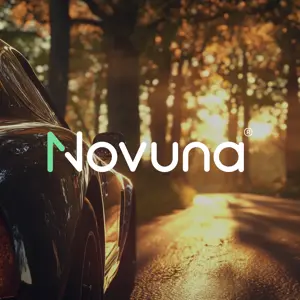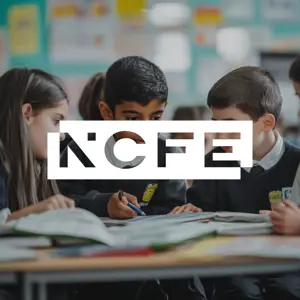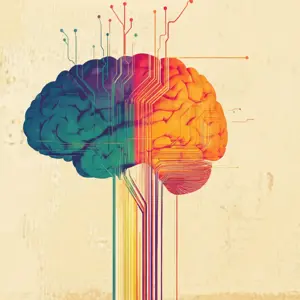
Beyond the screen: Zero UI and voice-first interfaces
We’ve not stopped designing for traditional screens just yet, but now we’re also thinking about ‘screenless’ experiences—voice commands, conversational pathways and gesture controls. Conversational AI has evolved to create interactions so natural, you might forget you're chatting with a machine. (And oh the fun we’ve had training it to master our native Geordie accent…).
UX with EQ
We’re proud to have always put people at the heart of our UX practice—but that has really kicked on a gear in recent times. Modern interfaces can now read and respond to user emotions through sentiment analysis and biometric feedback. Pair this with voice interactions and digital products can genuinely detect frustration and adapt accordingly. Used well, this means brands can forge ever deeper connections with their audiences.
Ultra-personalised experiences
The trend away from one-size-fits-all digital experiences continues at pace, powered not only by AI, but an increasingly sophisticated understanding from product owners and experts about what converts.
This goes beyond websites that reorganise themselves based on your browsing patterns. It’s about harnessing both explicit and implicit personalisation factors to create deeply personalised experiences, which anticipate wants and needs. The result? Happier users, who can get where they need to be and do what they want to do quicker than ever. (For further reading, see our recent piece Elevating CX through personalisation).
Sustainable design: Less is more
'Low-energy' websites and carbon-conscious UX practices are helping reduce digital pollution. Dark mode isn't just about aesthetics anymore; it's part of a broader movement towards sustainable design. Minimalist, distraction-free interfaces are proving that sometimes, less really is more. Of course, the progress made in sustainable design is potentially dwarfed by the environmental impacts of increasingly AI-powered platforms, and we explore how this could be mitigated in our recent article ‘How can we achieve sustainability in AI?’.
Ethics & inclusion
Responsible digital product owners have long-since placed universal accessibility at the core of their product design. However, in reality, many digital experiences have not been accessible for everyone. In the UK, with initiatives like the Digital Inclusion Action Plan, we should see accessibility becoming a fundamental design principle for all, rather than an afterthought.
In our own work, the principles of universal design form the essence of Shout’s design principles and ethos, with inspiration taken from the most inclusive design systems out there, like the UK Government’s Digital Service standards.
More broadly, increasingly we’re seeing a pushback against dark patterns and manipulative tactics, with regulations tightening around these practices. As AI continues to dominate conversations around the roadmap for all digital products, we’re seeing a genuine commitment from our industry to mitigate against AI bias and to safeguard inclusivity.
Democratised design
Tools like MidJourney and Runway are making UX/UI accessible to non-designers. Debate understandably rages around what this means for creative disciplines and outputs in the future, but early evidence would indicate that you’ll certainly still get a better result from an expert user. Perhaps then, the point is less about ‘who can create’ and more about what and how we create.
‘Phygital’ experiences
The boundary between physical and digital experiences is becoming increasingly blurred. Events and public areas now feature seamless digital overlays, and retail concepts are being transformed with everything from interactive window displays to AI-powered bra-fitting services!
Gamification
And of course, ‘gamification’ is still alive and well—and increasingly sophisticated. The continuing surge of gamified learning platforms like Duolingo, and the dominance of gaming stickiness in the health app space, have made gamification commonplace—if not essential—in many digital products. At Shout, we’ve used it to compelling effect in everything from event wayfinding to reducing water consumption.
.........................................................
From zero UI freeing us from screens to emotion-responsive systems that truly understand users, we're entering an era where technology and humanity can blend more seamlessly than ever before. As designers, software engineers and digital strategists, our challenge is to harness these trends thoughtfully, creating experiences that are not just functional but meaningful.
At Shout, we're excited to continue exploring frontiers alongside our clients, always keeping one principle at our core: exceptional digital experiences begin and end with the people who use them. Whether through voice commands, emotional intelligence, or the merging of physical and digital worlds, our focus remains on creating connections that matter.























